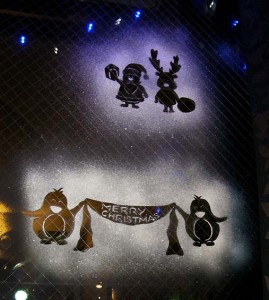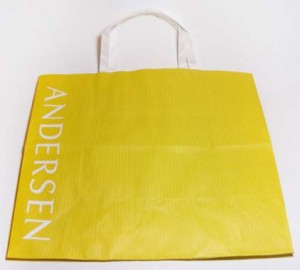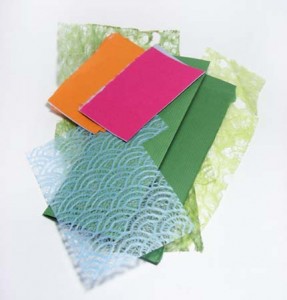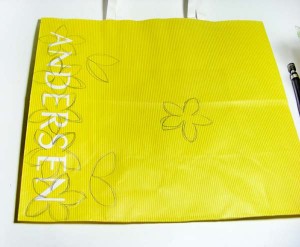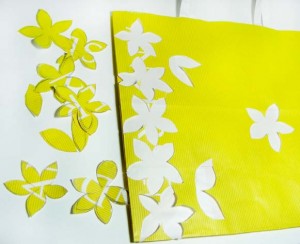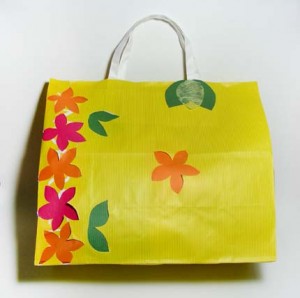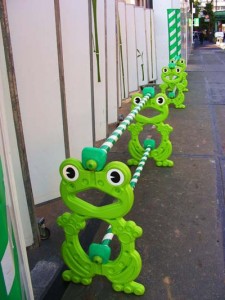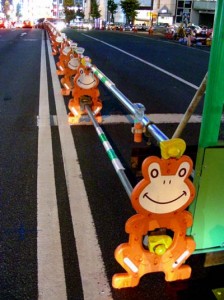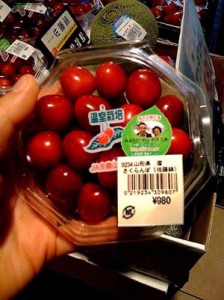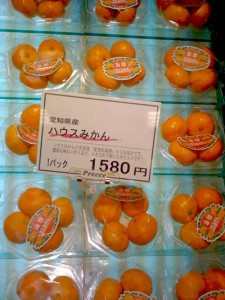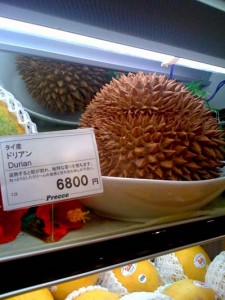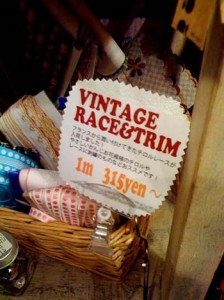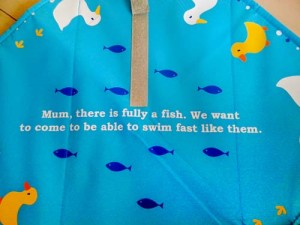Kirigami Winter Decorations
I know it’s almost summer, but I just realized that I forgot to show you another kirigami project for winter.
As I was shopping with my other half, we came across these cute winter window stencils, but were shocked at the price for simple cardboard cut outs. We decided to make our own kirigami stencils and this is what we came up with:
All we did was find cute pictures online, sketch them on a plain piece of paper and cut out the outlines to leave a fairly detailed stencil.
He made this one:
and I made this one:
closer penguin:
Naturally, these kirigami cut outs don’t have to be for winter. All you have to do is choose any image you would like draw or print it out on decorative paper and attach them to your window!
Hilarious Ad
Here’s an ad from Addidas set in Japan. I think it’s hilarious, but tell me what you think.
If you want to see funny japanese ads, I’m still in love with this new site I found: JapaneseCommercial.net
How to Turn a Paper Shopping Bag Into a Gift Bag
Sometimes when I’m out, I forget my fabric shopping bag and I get a paper bag with a company logo on it. I rarely used these bags for anything and they just ended up piling up in a storage area.
Instead of letting them pile up, I decided to use them as gift bags.
Naturally, using the bags as they are to carry a gift is possible, but I feel it’s impersonal and doesn’t give the impression of “special gift for you”.
There are different ways to alter and decorate paper bags -my favorites, of course, are kirigami, origami, and the use of Japanese washi and chiyogami. Mainly because it’s my favorite paper of all time.
Over the next few weeks, I’ll show a few examples of paper shopping bags converted into personalized, or just decorated gift bags.
The first one I chose was a paper bag from a popular bakery chain in Tokyo. Pretty much anyone who lives in the city will know the name, so the name and original look had to change.
First, I found some scrap washi to compliment the main colour of the bag (this will be used later). If you don’t want scrap paper, feel free to use anything you like for this. Some examples are fabric, scrap plastic wrap, tulle or even netting (used to wrap glass bottles in shops so they don’t break).
Next, I drew a little design for my kirigami cut out.
Once the drawing is done, you have two options, either cut it out as is, through both sides of the bag (so you will have a mirror image of your design), or place a cutting mat inside the bag so that it only cuts that one side.
Once the cutting is complete, take the scrap paper (or other material) and place it behind the cut out shapes, secure it to the inside of the bag. If you use a patterned paper, make sure to place the pattern you want facing out so that it shows through the cut outs you’ve made.
If you would like to dress up the handle, wrap a ribbon or colourful tape around it to add another special touch. I’ve just added a few leaves near the handle to match the rest of the design.
There you have it, a cute floral gift bag from a bakery shopping bag!
Cute Construction
In Japan, everything has to be cute or “kawaii”, even the construction sites.
Though I just have two types of frogs to show you, I have seen construction sites with monkey, penguins, bears and even rabbits.
Several years ago I was travelling through Miyagi prefecture and passed the cutest construction site -ever!
All the machines were painted to look like certain animals or fruits like a giraffe excavator, hippo dump trucks and the cement truck was a giant watermelon!
Price of Food in Tokyo
Just wanted to know what the price of fruits are in your city?
Here in Tokyo, the prices are unbelievable (in a bad way). To me, the amount you get for the price you pay doesn’t seem logical, but perhaps I’m missing something. I used to live in Toronto, so the prices there compared to here are……well…..you just can’t compare them.
Here is an example from my local grocery store:
So this is a small box of cherries (approximately 20 cherries) that costs ¥980, which equals $10.00 USD/CAD.
In the background, there is a small melon, about the size of my palm, which is on sale for Â¥580. That would equal about $6.00 USD/CAD. That’s just a sample of the average prices.
In the summer, I love to eat watermelon, but I have only eaten it three times in the last three years, because they cost far too much for me to justify it. Last year, I found one no bigger than a softball, which cost ¥1600 ($17.20 USD/CAD).
Here are a couple more examples from a slightly more upscale grocery store:
These are packs of four Japanese mikan (oranges) for ¥1580 ($17.00USD/CAD).
This is durian for ¥6800 ($73.00 USD/CAD). This durian is most likely for show, so in the end, I highly doubt anyone bought it.
Well, there you have it. Please tell me your opinions about this -I’d love to hear from you!
Japanglish
Japanglish is a topic I enjoy talking about with many people. It’s great entertainment, sometimes confusing, but overall, it’s fantastic to sharpen your own english skills. I even use japanglish examples for my students to identify the mistakes and correct it in proper english.
Here is a sign from a cute little shop in Yokohama:
A t-shirt found in Harajuku:
A sign in an office building near Tokyo station:
and a children’s play mat:
It’s everywhere, but not only mixed english, there are very interesting french signs as well -I’ll have to get some snaps for next time!


